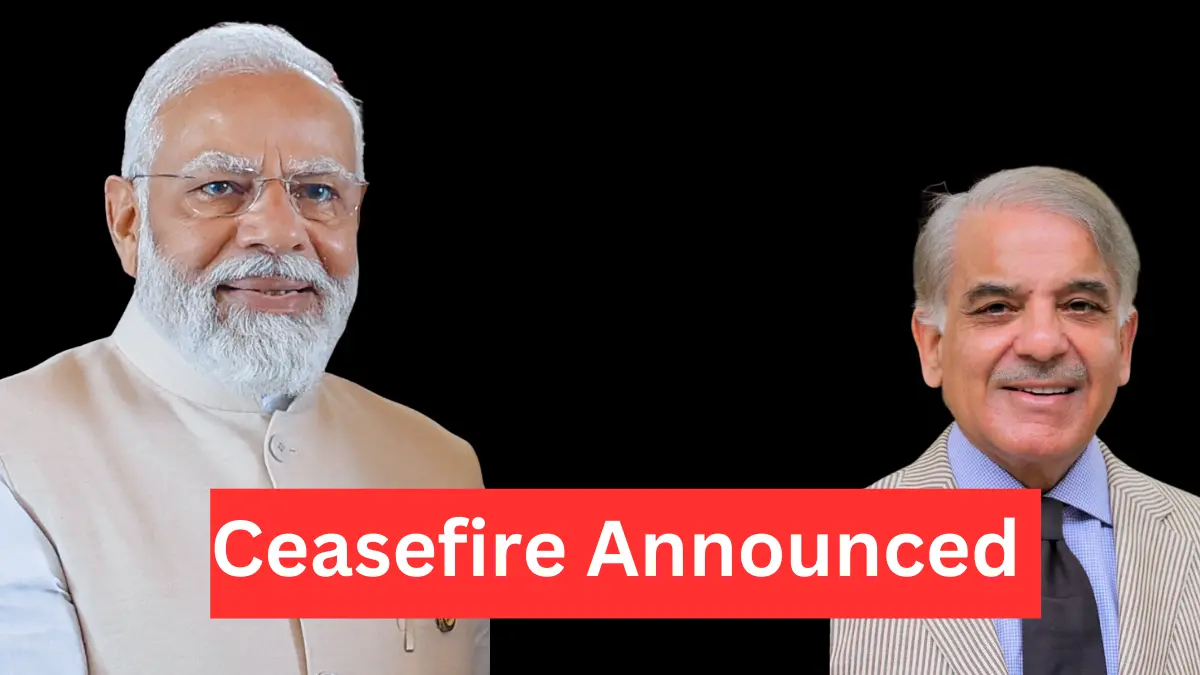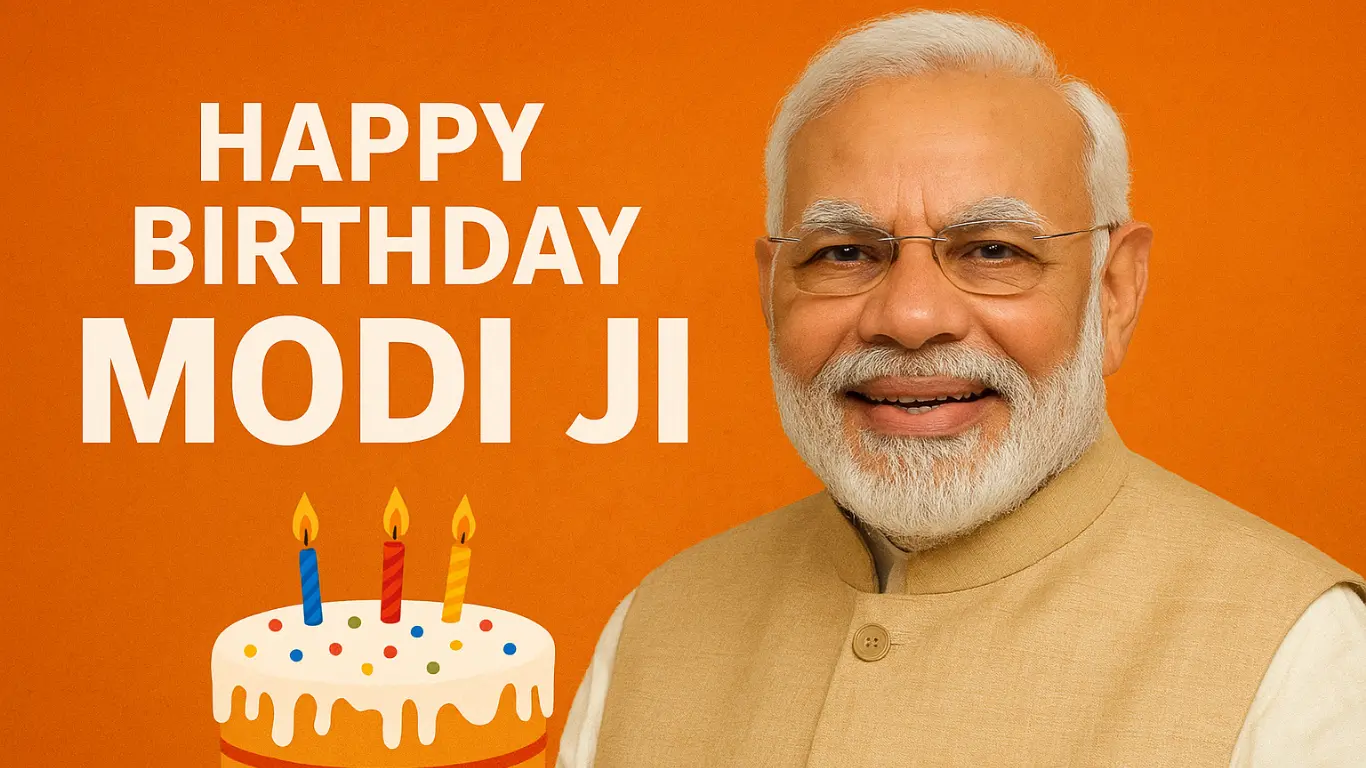India and Pakistan Agree to Ceasefire Amid Rising Tensions
India and Pakistan have officially declared a ceasefire, halting all military actions on land, air, and sea. Foreign Secretary Vikram Misri confirmed that effective from 1700 hours IST, both nations would cease hostilities. This agreement, finalized through direct communication between the Director Generals of Military Operations (DGMO) of both countries, is seen as a significant step toward de-escalation. However, sources indicate that no additional talks on broader issues are scheduled at this time. Despite ongoing tensions, the ceasefire presents an opportunity for stability in the region.
India’s Firm Stand on Security and Terrorism
External Affairs Minister S. Jaishankar emphasized that India’s commitment to countering terrorism remains unwavering despite agreeing to the ceasefire. In a post on X, Jaishankar reiterated that India would continue to defend itself against all forms of aggression. While the ceasefire aims to prevent further military escalations, India’s stance on security remains uncompromised, reinforcing the nation’s long-standing policy on defense preparedness.
Donald Trump Claims Credit for the Ceasefire Agreement
US President Donald Trump announced that India and Pakistan had agreed to a full and immediate ceasefire following escalating tensions. In a post on Truth Social, Trump claimed that the agreement resulted from “a long night of talks mediated by the United States.” However, his statement differs from Misri’s confirmation that the ceasefire was arranged solely through DGMO-level discussions, without direct US intervention. This contrast highlights the differing narratives surrounding the diplomatic breakthrough.
US Diplomatic Engagement and Future Relations
Following Trump’s announcement, US Secretary of State Marco Rubio engaged in separate discussions with Indian and Pakistani leaders. The US State Department later issued a statement supporting direct dialogue between the two nations and encouraging continued diplomatic efforts. While the ceasefire was agreed upon between military officials, Washington’s involvement in urging peaceful resolutions remains evident.
Recent Military Actions Leading Up to the Ceasefire
The ceasefire decision follows recent military escalations between the two nations. Earlier in the day, India executed precision airstrikes on eight Pakistani military sites in response to Pakistan’s attacks on Indian defense infrastructure and civilian areas using fighter jets, unmanned combat aerial vehicles (UCAVs), and missiles. India justified its operation as necessary retaliation against ongoing aggression. Despite the ceasefire declaration, security concerns persist as both sides assess future diplomatic strategies.
Drone Strikes and Counter-Offensives Raise Security Concerns
The ceasefire comes after Pakistan’s drone strikes targeted 26 locations across multiple Indian states, including Jammu & Kashmir, Punjab, Rajasthan, and Gujarat. In one attack, three civilians were injured in Punjab’s Ferozepur district. India responded with “Operation Sindoor,” eliminating nine terror camps within Pakistan and Pakistan-occupied Kashmir. This operation was a direct response to the recent Pahalgam terror attack, which resulted in 26 civilian casualties.
Also Read : Operation Sindoor : India’s Retaliation for Pahalgam Attack—80 Terrorists Eliminated in Precision Strikes
Will the Ceasefire Hold?
With the ceasefire now in effect, global observers are closely monitoring developments. While the truce provides a critical opportunity to reduce hostilities, concerns remain regarding its longevity. The next few days will determine whether diplomatic channels can sustain peace or if tensions will reignite. As both nations stand firm on security policies, international attention remains focused on South Asia’s evolving geopolitical landscape.






